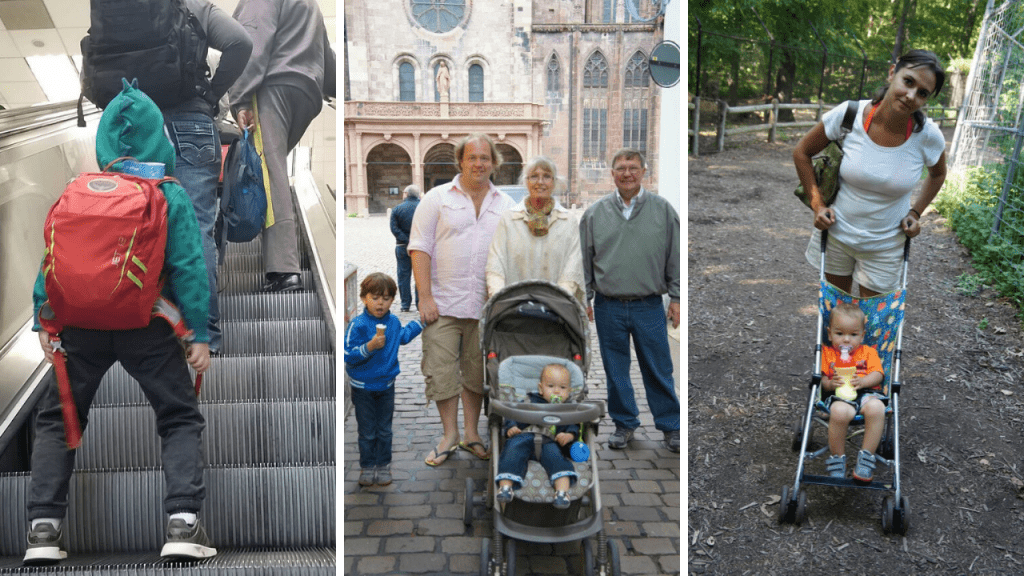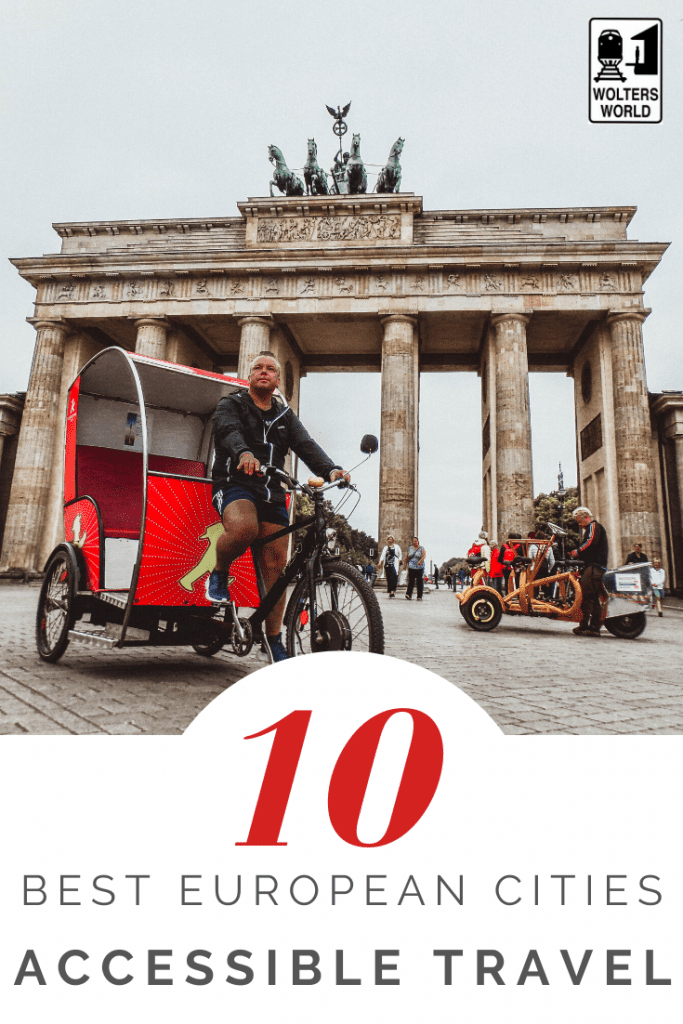Hey there, fellow travelers! Today, we’re talking about places to visit in Europe if you have mobility challenges. Many European cities are very old, with cobblestone streets, narrow stairways, and high curbs. It can be a nightmare to get around if you have mobility challenges, or even if you are pushing a stroller with a toddler. So I wanted to share the top European destinations for mobility-challenged travelers.
Munich, Germany
Germany overall has made some great strides towards improving accessibility for all citizens and travelers. From the beer halls to the museums, you’ll find many accessible travel options in Munich that allow you to get around a bit easier than in other cities. Even at the Christmas Markets, they keep the sidewalks clear of snow and debris, and the cobblestones are even so you don’t get hung up on them.
The Best Christmas Market Foods to Try
London, England
Not all London attractions are wheelchair accessible, however, much of the city is easy to navigate. The taxicabs are equipped to accommodate a wheelchair or walker, and a lot of the museums are being retrofitted to make them accessible.

Paris, France
The streets of Paris can still be tricky with cobblestones, but the majority of Paris museums are accessible. The streets are relatively flat, so it’s fairly easy to get around. And despite the rumors, Parisians are actually super helpful and friendly, so you don’t have to worry about the rude locals you’ve heard about. That’s only in the service industry; generally, the locals in Paris are more than willing to lend a hand.
Berlin, Germany
In 2013, Berlin won the “Access City Award” which recognizes cities for improving accessible travel in an urban environment. Reasons cited for this award included public transportation and building codes requiring accessibility for new construction. The museums and sites make Berlin a very worthwhile destination.
Salzburg, Austria
For a smaller town in Europe, consider Salzburg in Austria. Salzburg won the Access City Award in 2012, citing outstanding achievements in several key accessibility areas. Public spaces, transportation, communication, and services are all part of Salzburg’s accessible travel innovation.
What to Know Before You Visit Austria
Stockholm, Sweden
Stockholm was a finalist in 2013 due to its accessibility initiatives. Northern Europe and Scandinavia in particular, seem to be the most advanced in terms of opening access to everyone and incorporating these initiatives into their city planning.

Barcelona, Spain
Although Spain tends to lag behind other European countries in terms of accessibility, Barcelona has actually made some great strides. Barcelona was an Access City Award finalist in 2011, thanks to a “tourism for all” approach to making its top sights and attractions accessible.
Avila, Spain
Avila was actually the first city to win the Access City Award back in 2010. With a plan to improve accessibility to public buildings and to give incentives for private initiatives, Avila has been at the forefront of mobility issues for travelers and citizens.
Ljubljana, Slovenia
Slovenia’s capital city has done a lot to make the city more accessible. All of the public buildings require accessibility and as a smaller city that was rebuilt more recently, the streets are very easy to navigate.
Krakow, Poland
This one surprised me, but Krakow was nominated for the accessibility award several times. The layout of the city lends itself well to those with mobility challenges. There is also a “Poland Without Barriers” national initiative to improve access to buildings and public spaces.

There may be other European cities that are better for wheelchair travel, however, I wanted to also highlight cities that I feel are also worth visiting. Overall, European cities are making great strides towards accessible travel. In general, southern European countries like Italy and Portugal remain the most challenging as they have some of the oldest infrastructures. If you want more tips on travel in Europe, check out some of our other blog posts:
